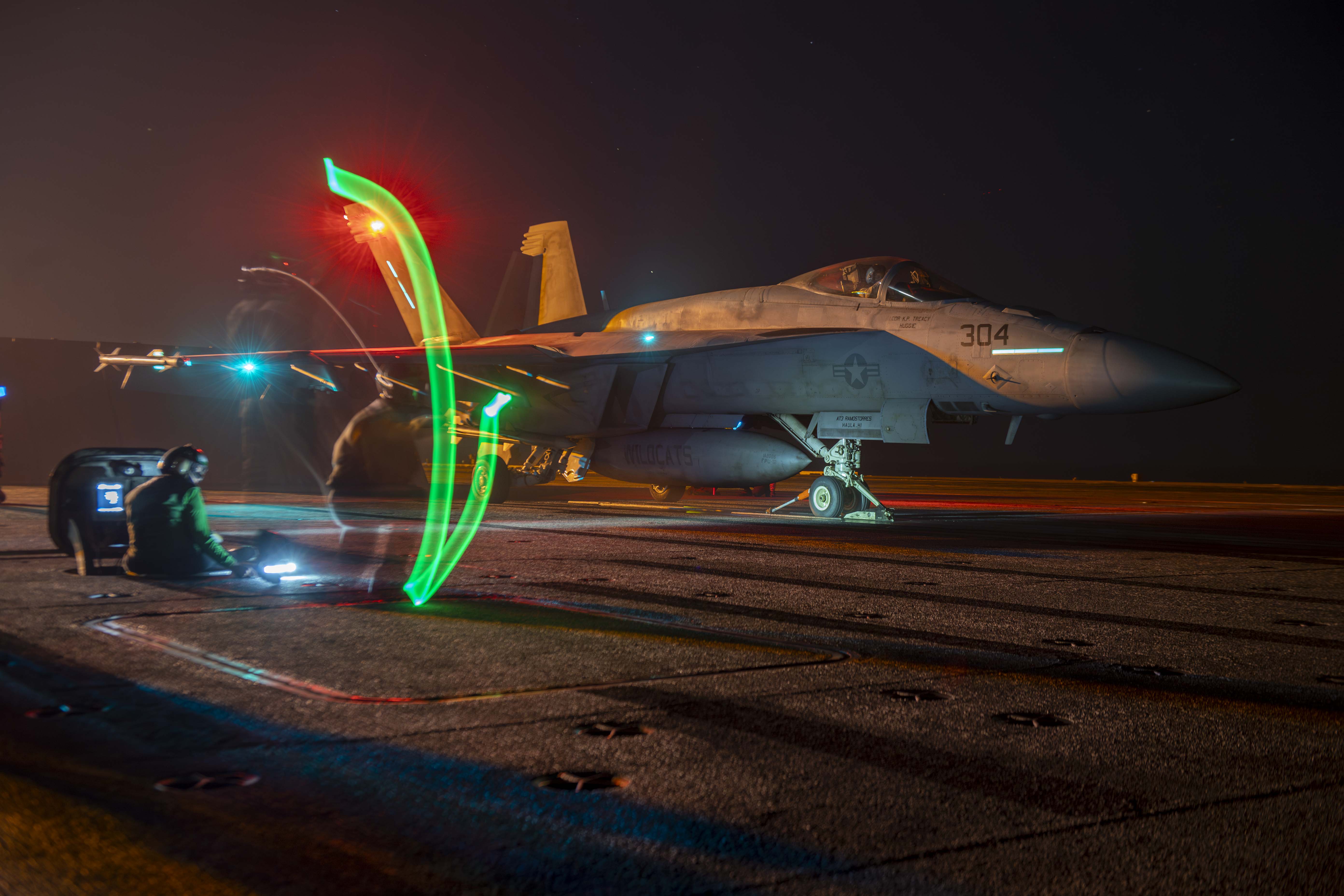
This story has been updated to clarify that 35% of active-duty sailors have been fully vaccinated.
Approximately 35 percent of the Navy’s active-duty sailors are fully immunized against COVID-19, according to a service official.
“I think we have roughly 35 percent, last I checked, of the active force that’s been vaccinated,” Rear Adm. Gayle Shaffer, the service’s deputy surgeon general, told reporters at a briefing today.
“We’ve delivered, administered over 650,000 doses, and recognizing that we’re also trying to balance not only getting the active force vaccinated but also following the schema of ensuring those who are 65 and older have an opportunity to go into an [medical treatment facility] and receive a vaccine, along with those who may be medically compromised,” she continued. “So it’s a balancing act, but we’re certainly trying to do the best we can to distribute this as efficiently and equitably as possible.”
In mid-February, a service official told reporters that nearly a quarter of active-duty sailors had received either one or both doses of a COVID-19 immunization.
According to an April 7 update from the Navy, 280,153 shots have been given to sailors.
Shaffer noted that when members of the military are serving abroad, they and their families come to depend on the nearby military treatment facilities.
“With that in mind, the Department of the Navy leadership recognized this from the very beginning and therefore focused additional vaccine to all of our overseas locations in accordance with the [Department of Defense]’s vaccine prioritization schema,” she said.
“For our European locations, over 50 percent of the Department of the Navy’s population – which includes family members, it also includes civilians, contractors and those from the host nation who are eligible to receive it – we have 50 percent of those individuals who have received at least one dose of the vaccine,” Shaffer added. “And we also have more vaccine operations occurring daily.”
Shaffer said the Navy is emphasizing vaccinations for both service members and their families who are moving abroad, a practice that mirrors the service’s focus on vaccinating units that are about to deploy.
“So if they need an overseas screening, they come into the military treatment facility, we can certainly give them the vaccine prior to going overseas,” she said. “Our goal would be to have as many fully immunized prior to transfer.”
Meanwhile, U.S. 7th Fleet said in a Thursday news release that 96 percent, or over 14,000 of its fleet sailors, are considered “fully vaccinated.” This metric is different than the 50 percent figure Shaffer cited for Navy personnel in Europe, which accounts for dependents, contractors and civilians. Still, it’s important that nearly all sailors in the Indo-Pacific region, where forward-stationed ships have a high operational tempo and sailors are kept busy training and operating in a priority area of responsibility, are vaccinated.
During the briefing, Defense Health Agency director Army Gen. Ronald Place told reporters that the Pentagon will also adhere to the Biden administration’s mandate that anyone can register for a vaccine appointment starting April 19.
“This step doesn’t mean that the prioritized tiers are no longer being used. If individuals in our initial tiers now want an immunization, they still get to the front of the schedule,” Place said.
“Based on current projections of supply, of medical personnel available to perform vaccinations and the current interest of individuals wishing to be vaccinated, we expect that we will be able to deliver at least an initial dose to every eligible [Outside Continental United States] person who wants one by the middle of May.”
Place said the Defense Department allotted 14 percent of its vaccine supply to places outside the continental United States so it could immunize service members and their families.
“That’s significant because the OCONUS population is 7 percent of our eligible population,” he said.
Place noted the Pfizer vaccine is difficult to ship abroad because it must be stored at very low temperatures. The Pentagon had been planning to use the Johnson & Johnson vaccine – which is a one-dose regimen – for vaccinations abroad. But a recent error at a factory making COVID-19 vaccines tainted as many as 15 million J&J shots, The New York Times reported.
“We targeted the overseas community for our J&J vaccine supply, so we’re actively exploring other means to offset this temporary shortage of the J&J product,” Place said.
The Defense Department is administering the Moderna vaccine abroad in place of what it expected to have from J&J, but Place noted the Pentagon is being careful not to have too much of a reduction in the number of vaccines meant for other locations.
Place also said that some people who originally held off on getting the vaccine are now receiving immunizations.
“It took us 70 days to administer the first million vaccines, 35 days for the next million, and with more than a quarter of a million doses administered in the last eight days, we’re on track for the next million in somewhere between 25 and 30 days,” he said.





